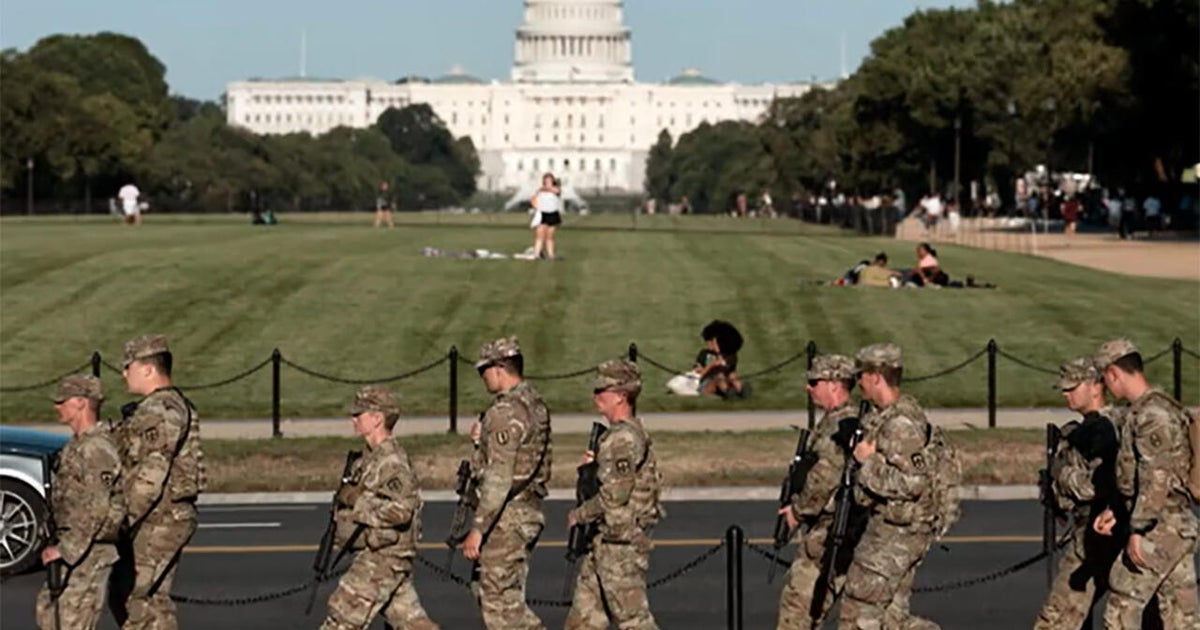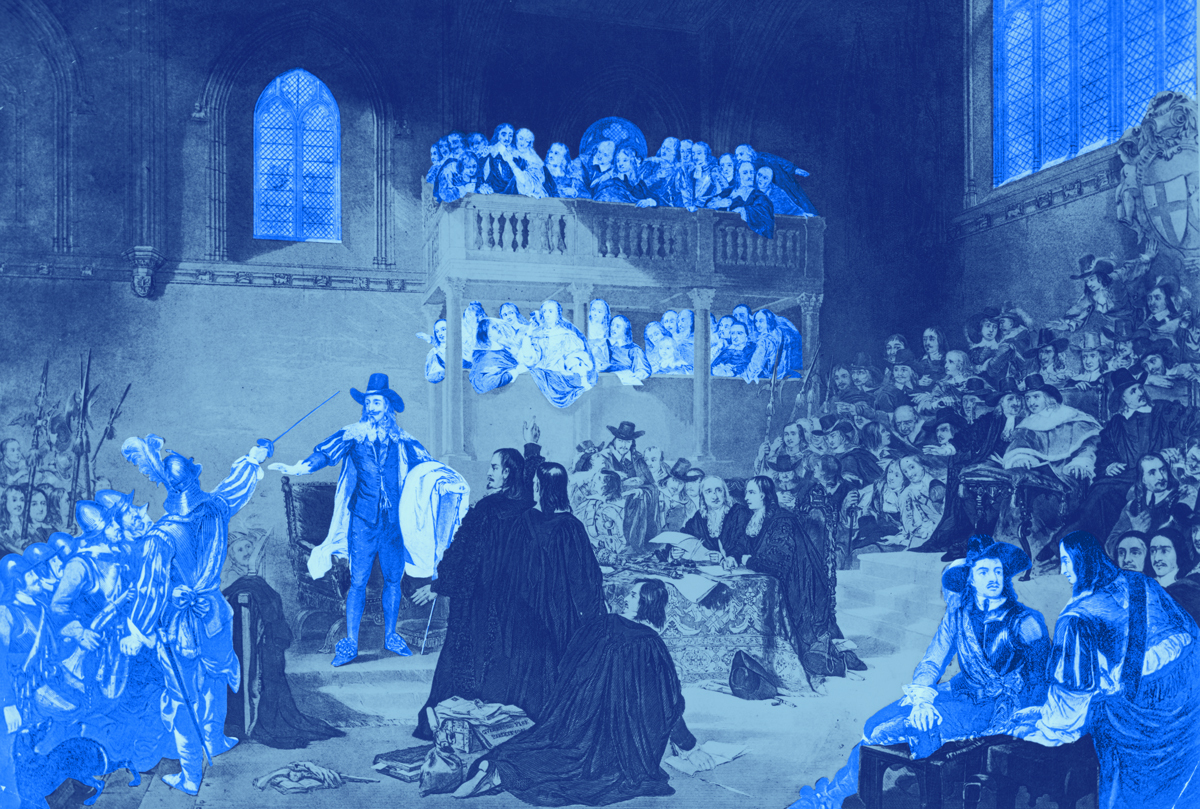Nature Up Close: Wild turkeys and hope
Wild turkeys conjure up thoughts of holiday gatherings, but these charismatic birds offer a story of hope and the power of human collaboration.
Wild turkeys raced toward extinction in the early 1900s, as habitat loss and unregulated hunting devastated much of their range. By the early 20th century, they disappeared entirely from some states, such as Ohio, when widespread forest clearing for agriculture and lumber took a toll on the remaining flocks.
Turkeys have been native to North America for a long time. According to archaeological finds in the Ohio Valley, they were abundant as early as 6000 B.C. Records show that while turkeys served to provide food for many settlers and several indigenous tribes, they were also revered as so sacred among some early Americans that they were fed precious harvest corn and included in ceremonies.
At first encounter, wild turkeys present as giant, goofy-looking, wandering birds. There are surprises in store, though, with a little time spent observing wild turkey behavior. They experience similar emotions to humans, including fear and happiness, and even express these feelings by changing the color on their wrinkled, bald heads to a pinkish-red, blue, or white! Turkeys are incredibly intelligent, curious, and even playful. Their calls and gobbles carry over a mile away, and they are astonishingly fast runners, reaching speeds of 25 miles per hour. While wild turkeys are mostly observed on the ground, hunting for food such as insects, small mammals, amphibians and reptiles, they actually fly up into the trees to roost and sleep away the night, safely above predators. Hatched baby turkeys, called poults, are up and walking around looking for food within 24 hours! How many parents can experience a full night's sleep so soon after a baby's arrival?
Wild turkeys are a fascinating species, but more importantly, they are significant in a healthy ecosystem, serving as both predator and prey. Great-horned owls, coyotes and foxes all dine on wild turkeys, and the birds themselves are beneficial to dispersing native seeds and controlling insects. People recognized their importance and unsuccessfully attempted to reintroduce turkeys to Ohio and other areas starting in the 1920s, using captive-reared game farm birds, which eventually proved to be too tame and fragile. In 1956, the Division of Wildlife relocated wild turkeys from remnant populations in seven other states to Ohio, and it was a success. Collaborations such as this occurred around the U.S., and there are now thought to be over seven million wild turkeys trotting and clucking throughout North America.
There are an estimated 200,000 wild turkeys in the State of Ohio. In Toledo, the community has worked exceptionally hard at providing natural areas for species such as wild turkeys to thrive. Citizens have continually overwhelmingly supported tax levies allowing Metroparks Toledo to protect over 12,700 acres of parkland. In fact, this is where the turkeys seen in this week's "Sunday Morning" Moment in Nature were filmed:
The preservation and restoration of habitat are a vital part of the Metroparks Toledo mission, and why the organization won the 2020 National Gold Medal Award for excellence in parks and recreation management. Equally as necessary, the park system provides the public with opportunities to view and learn about wild turkeys and other wildlife, garnering a deep appreciation for the natural world.
Next time you come across a wild turkey, enjoy the waddle, clucks, and color-changing head. Still, as Mark Wiley, wildlife biologist with the Ohio Department of Natural Resources' Division of Wildlife said, also let it serve as a "reminder that it can be possible to repair past mistakes."
Humans can live in reciprocity with nature and recover what was lost before it is too late, even when the first few attempts appear futile. Endeavors to save a declining species can result in triumphant success, not only for that particular creature, but for the community it lives in. That's something we can all use a little more of in 2020.
Christy Frank is a freelance conservation and documentary photographer and writer. Alex Goetz is a wildlife filmmaker with Running Wild Media.
For more info:
- Christy Frank Photography
- Christy Frank (Instagram)
- Alex Goetz, Running Wild Media
- Alex Goetz (Instagram)
See also:








